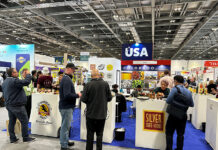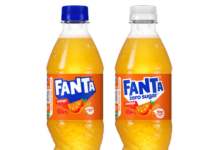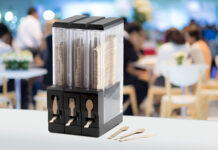BALL Corporation is set to unveil what it calls its ‘most sustainable’ aluminium aerosol can, described as having only half the carbon footprint of a standard can.
The move is set to support the company’s ambition to achieve its 2030 science-based targets and net zero emissions prior to 2050.
“With the impacts of climate change becoming more visible, we see a growing focus on efforts to reduce the carbon footprint of packaging,” explained Jason Galley, senior director of sustainability, Ball Aerosol Packaging. “People want a more sustainable future for the planet, and they seek out brands that are leading the way.
“In fact, research shows that 83% of global consumers believe it’s important or extremely important for companies to design products that can be reused or recycled. At Ball, we are helping brands leverage the green credentials of aluminium packaging to offer solutions that help people live more sustainably and improve the health of the planet.”
Ball revealed that the new cans incorporate up to 50% recycled content as well as ‘low’ carbon aluminium that has been smelted using renewable energy sources, such as hydroelectric power.
The firm added that it is able to reduce the weight of the packaging due to its ReAl alloy for the production of impact-extruded cans. The new aerosol can is 30% lighter than a standard aluminium can, Ball explained, while ‘fully retaining its strength and structure’. Since 2014, over 2.2 billion ReAl cans have been used across the world.
“We are incredibly excited to bring to market an aerosol aluminium can with half the carbon footprint of a standard can, and we will continue to push the boundaries of sustainable innovation,” said Predrag Ozmo, sustainability manager, Ball Aerosol Packaging. “The urgency and benefits of moving toward a circular economy are clear – and aluminium packaging, because it is infinitely recyclable, is the closest to real circularity.
“Therefore, we are working with brand owners, industry associations, materials recovery facilities (MRF), re-melters and consumers to raise awareness, and to increase the collection and recycling of aerosol containers.”













